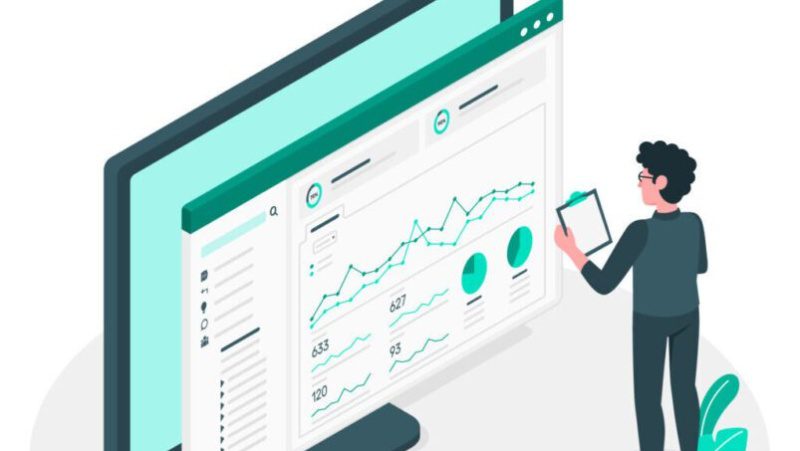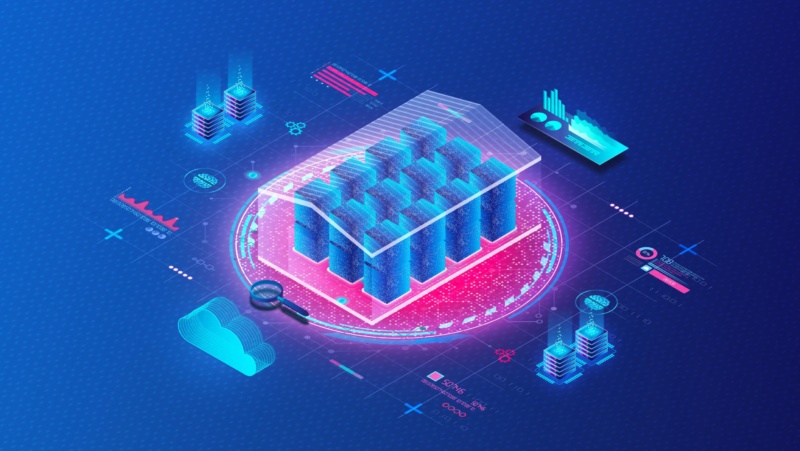In the digital age, where data is a valuable asset, organizations frequently find themselves needing to move or transform their data from one system to another. This process, known as data migration, is a critical undertaking that holds the potential to reshape the way businesses operate and make informed decisions. Whether it’s upgrading to a new software platform, transitioning to a cloud-based infrastructure, or consolidating data from multiple sources, data migration is the bridge that ensures the continuity of operations and unlocks opportunities for growth.
Data migration is a complex process that demands meticulous planning, thorough execution, and careful monitoring. To ensure a successful migration, consider the following checklist:
Preparation and Planning
- Define Clear Objectives: Outline specific goals for the migration, such as consolidating customer data from multiple systems to improve customer service efficiency.
- Identify Stakeholders and Assign Roles: Determine who will be involved and responsible, like IT managers overseeing technical aspects and business representatives validating data accuracy.
- Assess Source and Target Systems: Analyze factors like data volume and complexity to estimate resource requirements and potential challenges.
- Define Scope and Transformation Requirements: Specify what data will be migrated and how it needs to be transformed, e.g., converting currency values for international sales data.
- Establish a Diverse Team: Create a team with IT, data analysts, and business representatives to cover technical and functional aspects.
- Develop a Comprehensive Plan: Outline a step-by-step plan with deadlines, like completing initial testing within two weeks to identify issues.
- Ensure Data Security and Compliance: Adhere to GDPR or HIPAA regulations, encrypting sensitive data during migration.
Data Assessment and Analysis
- Profile Source Data: Examine source data quality, finding missing entries in a customer database.
- Conduct Data Mapping: Identify how fields in the source align with those in the target, mapping customer names and addresses.
- Identify Cleansing and Transformation Needs: Notice inconsistent data formats (e.g., date) and transform them into a standardized form.
- Ensure Consistency and Integrity: Confirm relationships between data elements, ensuring accurate customer-product associations.
- Address Challenges and Risks: Tackle data duplication discovered in the source, preventing incorrect information in the target.
Selecting the Right Migration Approach
- ETL vs. ELT: Choose ETL for transforming data before loading, like converting legacy database formats. Use ELT if data transformations are simpler.
- Batch vs. Real-time: Opt for batch processing for non-time-sensitive data, and real-time for financial transactions that require immediate updates.
- Cloud vs. On-Premises: Consider cloud migration for scalability and cost-effectiveness, e.g., moving a sales database to AWS for better resource allocation.
- Automated vs. Manual: Automate for efficiency, using scripts to move and transform data, or manual methods for smaller datasets.
Data Migration Implementation
- Clear Workflows: Develop clear, modular workflows, outlining each step of the migration process.
- ETL Tools or Custom Scripts: Utilize tools like Apache Nifi or custom scripts written in Python to move and transform data.
- Automated Testing: Set up automated tests to validate each migration step, ensuring data accuracy.
- Progress Monitoring: Continuously track migration progress, system performance, and resource usage.
- Rollback Planning: Prepare for potential failures by having a rollback plan in place, like reverting to the previous system if issues arise.
Testing and Quality Assurance
- Data Validation: Verify data accuracy and completeness post-migration, confirming customer records were successfully transferred.
- User Acceptance Testing (UAT): Involve users to ensure the new system meets their needs, checking if customer order history is accessible.
- Continuous Monitoring: Regularly monitor data accuracy and system performance after migration, identifying and addressing anomalies.
- Issue Resolution: Promptly address any issues that arise after migration, such as missing customer contact details.
Documentation and Communication
- Process Documentation: Record the entire migration process, including workflows and decisions made, like documenting the steps to transform and load inventory data.
- Communication Strategy: Keep stakeholders informed of progress, such as sending weekly email updates to business managers.
- Post-Migration Documentation: Detail any issues faced and their resolutions, ensuring future migrations can learn from past experiences.
Post-Migration
- Post-Migration Review: Thoroughly assess if objectives were met, like confirming the successful migration of all customer data.
- Continuous Monitoring: Regularly review and refine migrated data as business requirements change, updating product pricing based on market trends.
- Learning from Experience: Reflect on the migration process to improve future migrations, applying lessons learned when migrating to a supplier database.
Data migration is not merely a technical endeavor; it is a strategic imperative that empowers organizations to evolve, innovate, and thrive in an ever-changing landscape. By following this checklist, learning from experiences, and embracing future trends such as AI, evolving cloud strategies, and bid data, organizations can embark on successful data migration journeys that yield lasting value and transformative outcomes.
Given the intricate nature of the data migration process, the engagement of specialists like QX Impact Inc. assumes paramount significance in formulating and implementing a comprehensive data migration strategy. Leveraging its expertise in digital transformation, QX Impact provides invaluable guidance by orchestrating an optimal data migration approach. By partnering with us, organizations not only navigate the intricacies of data migration seamlessly but also unlock the untapped possibilities that lie within their data assets.



